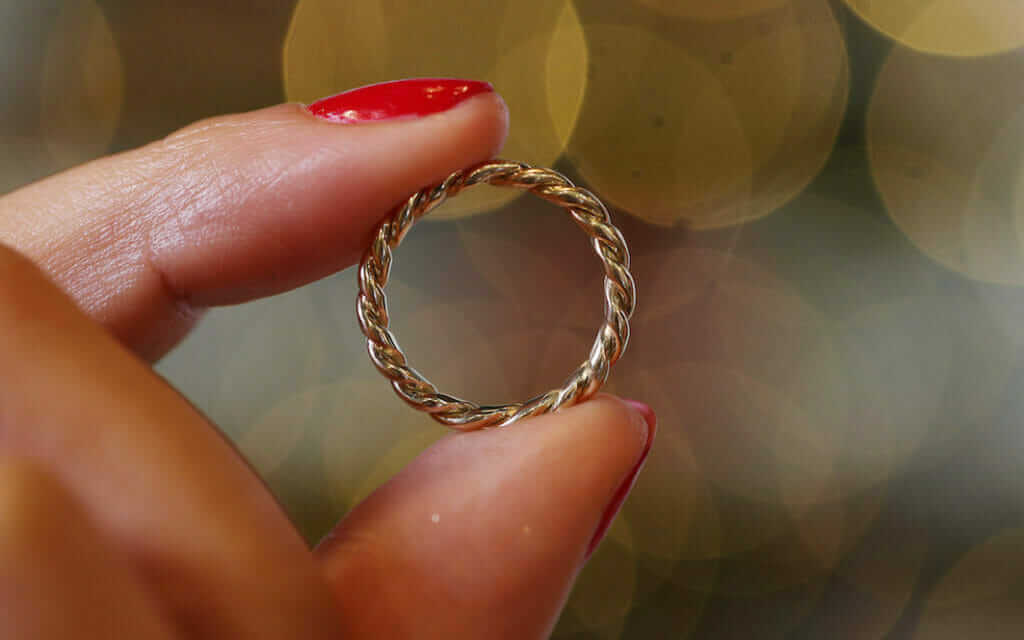The Truth About Recycled Gold: Why Your Jewelry Isn’t as Green as You Think
Table of Contents
Understanding Recycled Gold
First things first, what is recycled gold? Simply put, it’s gold that’s been reclaimed from various sources like old jewelry, electronics, and industrial uses. The idea is that reusing gold reduces the need for new mining, which is notorious for its environmental devastation.
The Appeal of Recycled Gold
Why has recycled gold become so popular? Two words: eco-conscious consumers recycled gold in jewellery is a lie. As awareness about environmental issues rises, people want their purchases to reflect their values. Jewelry brands tap into this sentiment, marketing recycled gold as a sustainable and ethical choice. Who wouldn’t want to save the planet while looking fabulous?
The Truth Behind Recycled Gold
Alright, let’s get real. Despite the appealing narrative, the concept of recycled gold isn’t as green as it’s painted. The amount of truly recycled gold is minimal compared to the total gold in circulation. Often, what’s labeled as recycled is just re-refined scrap gold, which doesn’t significantly reduce environmental impact.
Industry Practices
Let’s talk about how the industry actually handles recycled gold. Many jewelers claim their gold is recycled, but without stringent regulations, these claims are hard to verify. Some companies might use a small percentage of recycled gold and still market their products as eco-friendly.
The Real Environmental Impact
So, does recycled gold really help the environment? The short answer: not much. The process of refining scrap gold still requires energy and chemicals, contributing to pollution. Moreover, the global demand for gold ensures that mining continues, recycled or not.
Ethical Considerations
Beyond the environmental aspect, there’s the ethical side. Gold mining is often linked to human rights abuses and poor working conditions. Recycled gold is touted as an ethical alternative, but without transparency, how can consumers be sure?
Lab created diamonds, also known as synthetic or cultured diamonds, are produced in controlled laboratory environments using advanced technological processes that replicate the conditions under which natural diamonds form in the Earth’s mantle.
Greenwashing in the Jewelry Industry
Here’s a term you should know: greenwashing. It’s when companies exaggerate their environmental efforts to attract eco-conscious consumers. The jewelry industry isn’t immune to this. Some brands use the recycled gold narrative as a marketing ploy, with little substance behind their claims.
Consumer Perception
Consumers are increasingly skeptical. With more information available, people are questioning the authenticity of recycled gold claims. This skepticism is driving demand for transparency and genuine sustainable practices in the industry.
Alternatives to Recycled Gold
If recycled gold isn’t the green savior it claims to be, what are the alternatives? Ethical mining practices, fair-trade gold, and vintage or second-hand jewelry are great options. These choices support sustainable practices without falling into the trap of greenwashing.
Transparent Jewelry Brands
There are jewelry brands out there doing it right. Companies like Fairmined and Fairtrade Gold ensure their gold is sourced ethically and sustainably. These brands provide full transparency about their sourcing and production processes, giving consumers confidence in their purchases.
Certifications and Standards
Certifications can help guide consumers toward truly ethical choices. Look for standards like Fairmined, Fairtrade Gold, and the Responsible Jewellery Council. These certifications mean that the gold has been sourced and processed in ways that meet high environmental and ethical standards.
The Role of Consumer
You have more power than you think. By demanding transparency and supporting brands that prioritize ethics and sustainability, you can drive change in the industry. Educate yourself, ask questions, and choose wisely.
Future of Ethical Jewelry
The future of ethical jewelry looks promising. As consumer demand for transparency and sustainability grows, more brands are likely to adopt genuine ethical practices. Innovations in materials and technology will also contribute to more sustainable options in the market.
Conclusion
So, the next time you’re drawn to that glimmering recycled gold piece, remember: it’s not all that it seems. Dig a little deeper, ask the right questions, and opt for genuinely ethical choices. Let’s make our love for jewelry truly shine by supporting practices that are good for the planet and its people. Happy accessorizing!






